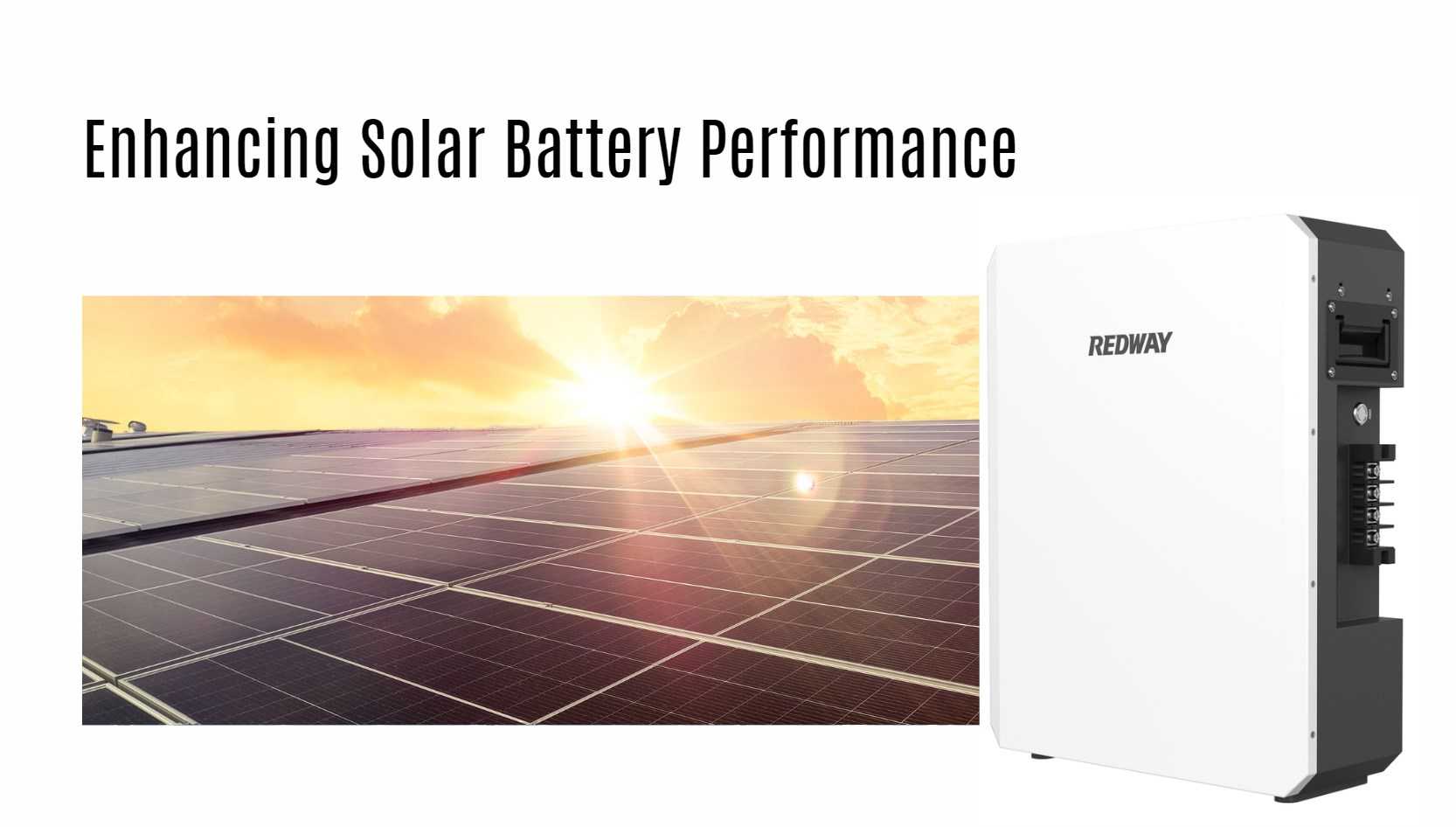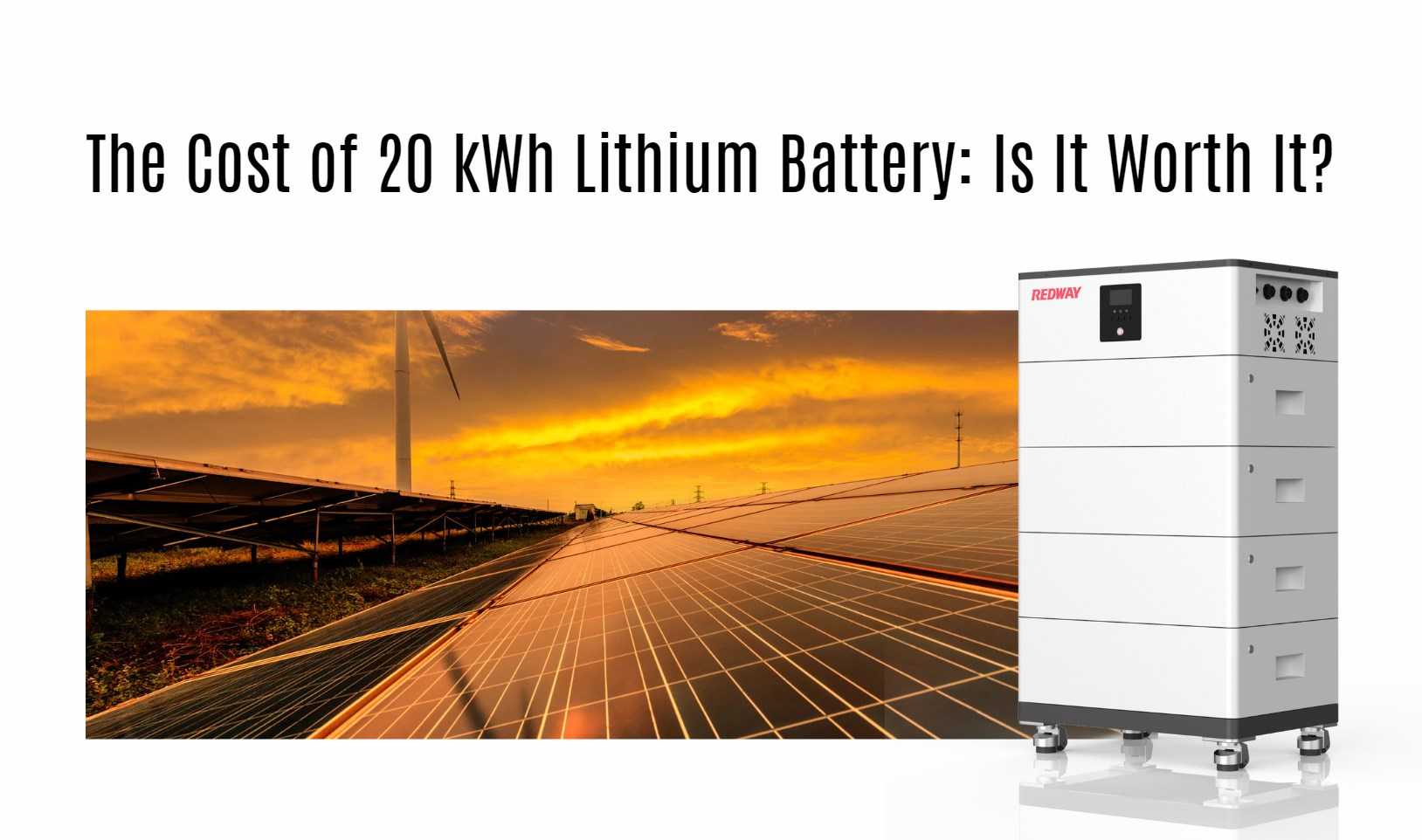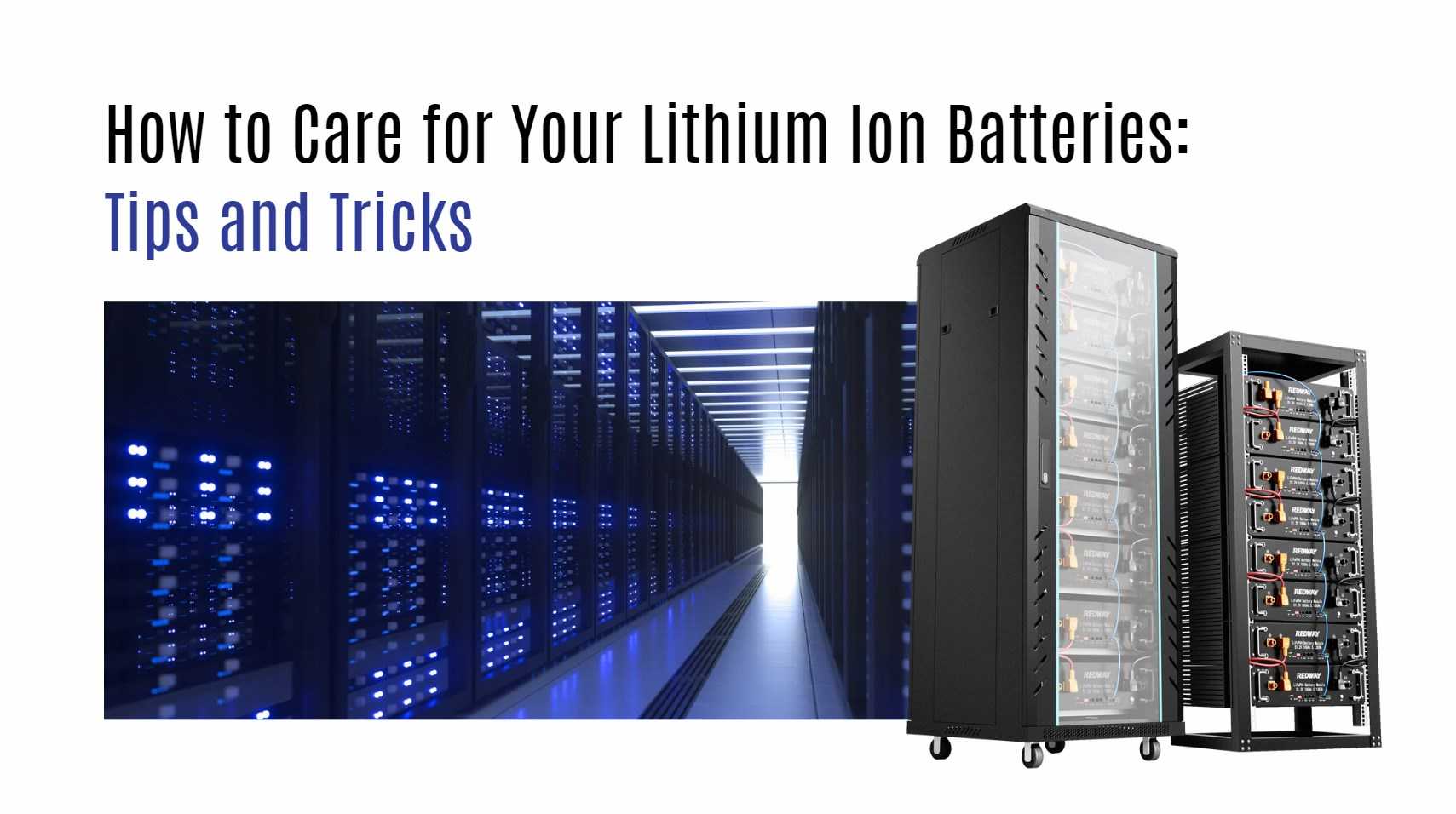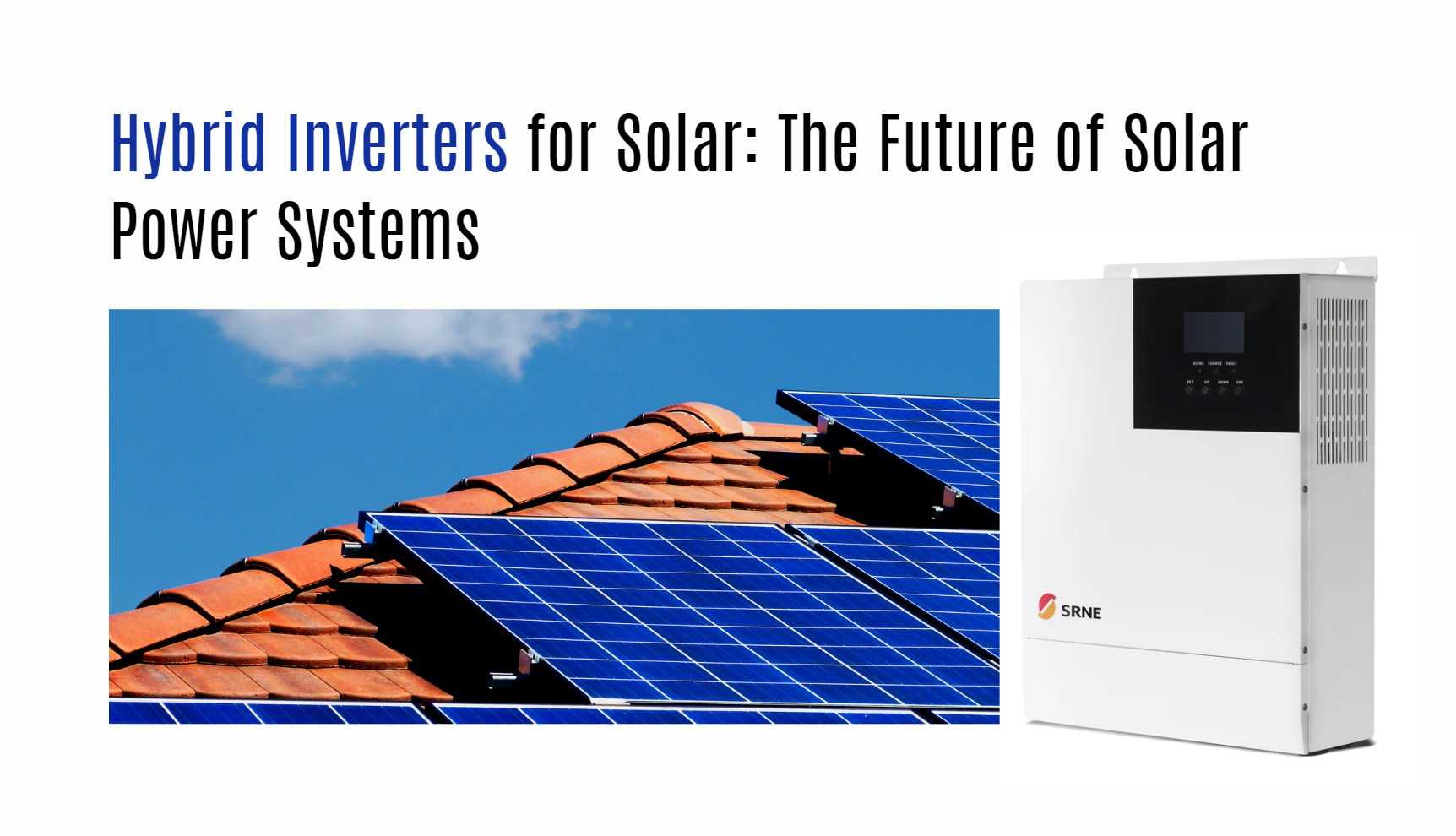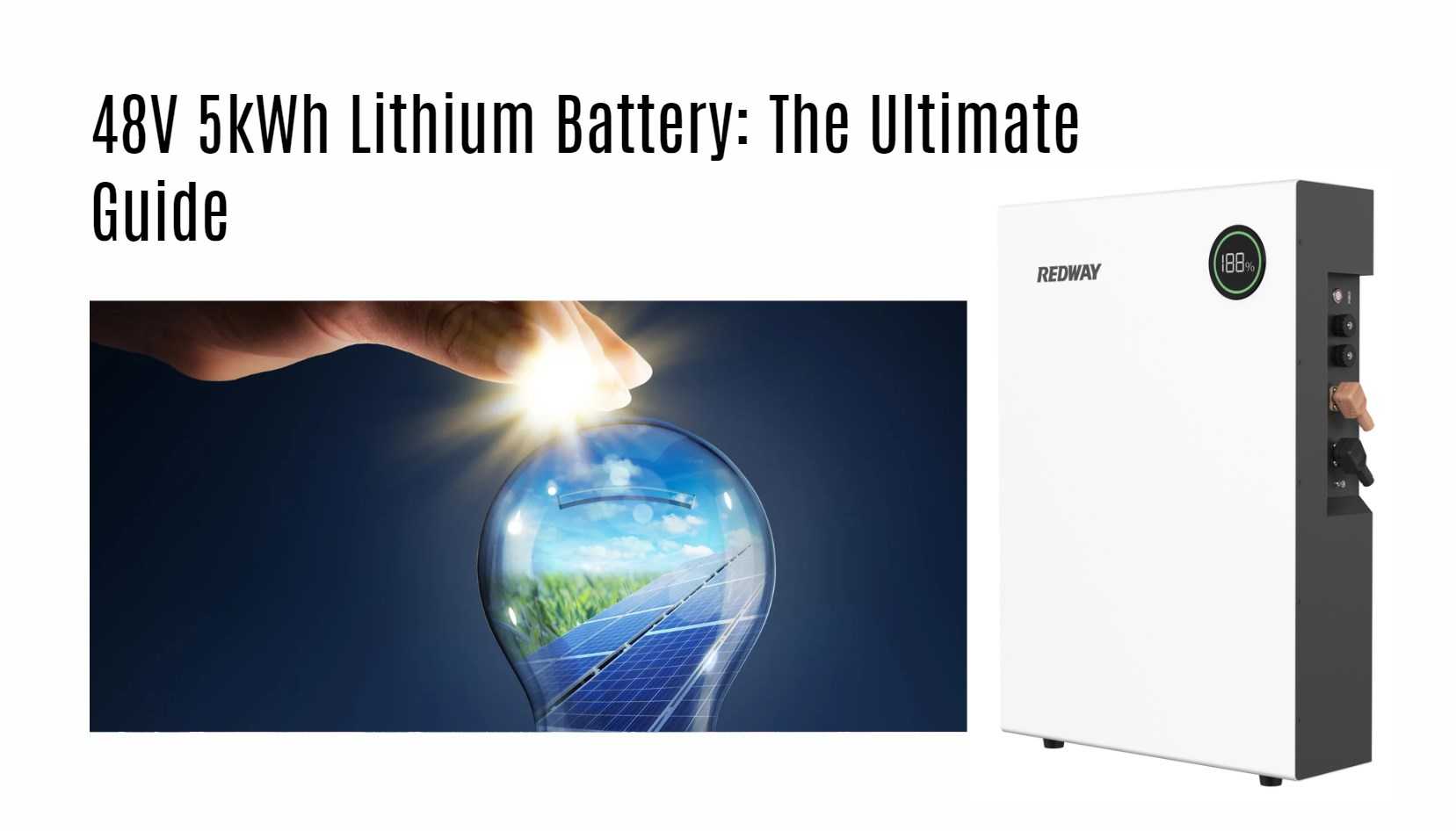The future of solar power systems is bright, thanks to the latest innovation in the industry: hybrid inverters for solar. These advanced devices are the key to achieving maximum efficiency, reliability, and cost-effectiveness in residential and commercial solar installations. Whether you are a homeowner looking to save on your energy bills or a business owner seeking to reduce your carbon footprint, hybrid inverters offer a powerful solution that will revolutionize the way we harness the power of the sun. So why wait? Join the solar revolution today and discover the many benefits of hybrid inverters for solar!


